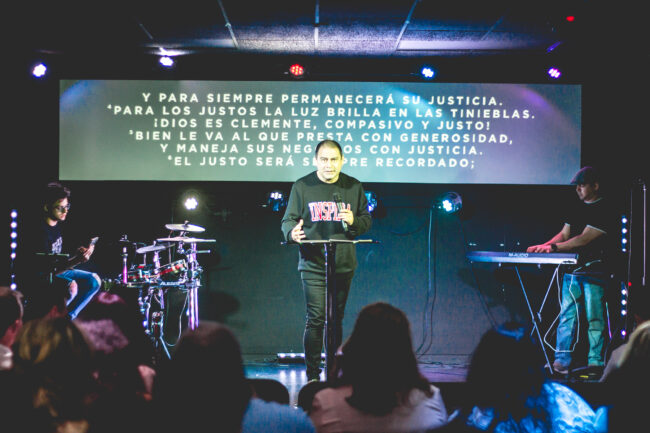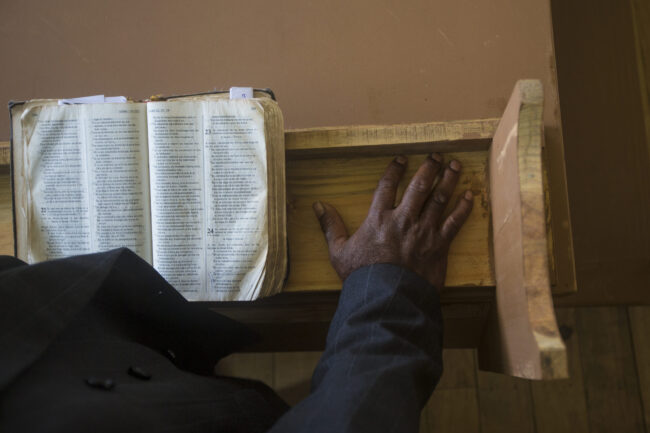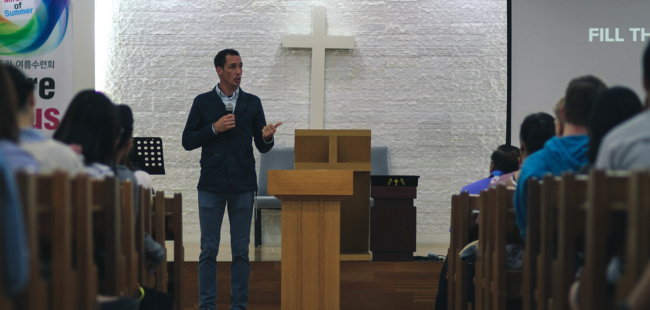Latinx Congregations: Case Study #1 — Iglesia Episcopal San Juan
Immigration is a major component in the changing U.S. religious landscape. According to the Pew Research Center, the percentage of Latinx Christians increased from thirteen percent in 2007 to sixteen percent in 2014.[1] For this reason, the Religious Workforce Project includes qualitative data from eight Latinx congregations. In this post, I will introduce Iglesia Episcopal…







